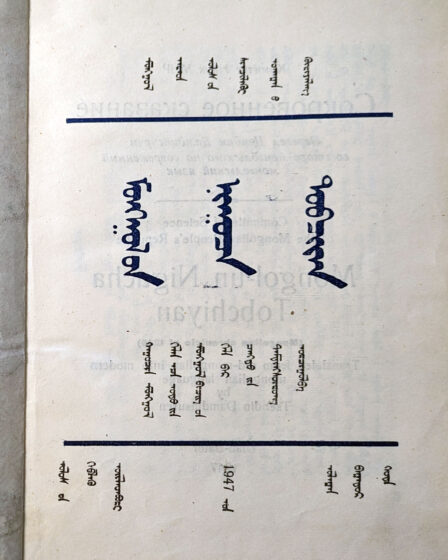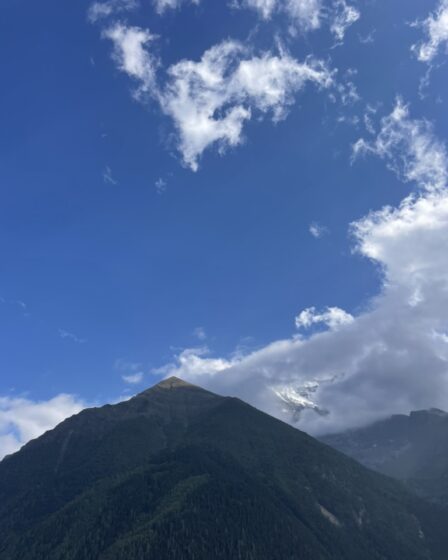In the fall of 2021, I took the course Introduction to Buddhist Thought and Practice. This religion course offered perspectives on significant aspects of Buddhist thought and practice, primarily as it manifests in the literature and traditions of India, South Asia, and East Asia. Through this course I gained an understanding of the historical Buddha’s …
Language, History, & Writing
Art History: Venice and the Renaissance
The art history course Venice and the Renaissance allowed me to gain perspectives on the study of visual culture and techniques of formal analysis within the context of art history. Furthermore, this course provided fundamental social, historical, and political contexts for the creation of art from the 14th to 16th centuries in Venice, Italy. Below …
Power of Language Event: The Secret Language of the Mongols
During the Power of Language week of spring 2025, I attended an event that explored the social, cultural, and linguistic implications of the foundational text, The Secret History of the Mongols. Tamiraa Sanjaajav presented a number of fascinating facts in relation to this book. For example, it contains the oldest written script of the Mongolian …
Nature and the Human Realm in Chinese Literature
This CEAS course allowed me to gain perspectives on the diverse ways in which Chinese writers and poets define the ever-changing relationship between the human realm and nature in imaginative literature. We engaged with a variety of texts that presented themes of Daoism and Yin-Yang, shamanism and prose poetry, martial arts and alchemy, the Peach …
Reflections on Living Culture in Nepal
In his essay “Gods in Exile”, Kanak Mani Dixit examines ideas of cultural ownership and heritage conservation within the context of stolen Nepali cultural and religious artifacts. Since the 1960s, thousands of artifacts have been illegally removed from their sites of veneration in Kathmandu valley and scattered to museums across the globe. Now displayed in …




